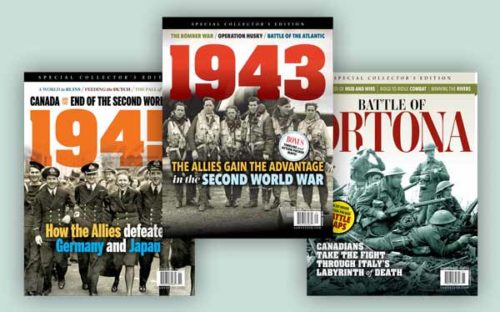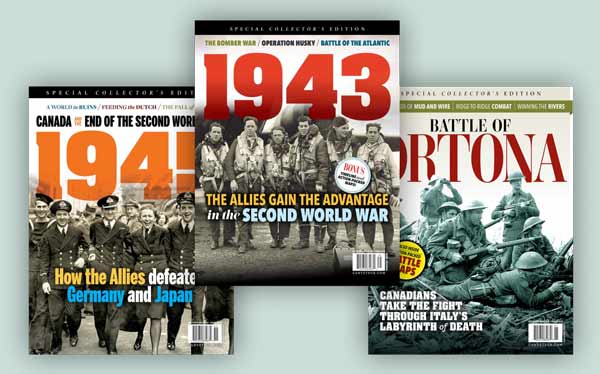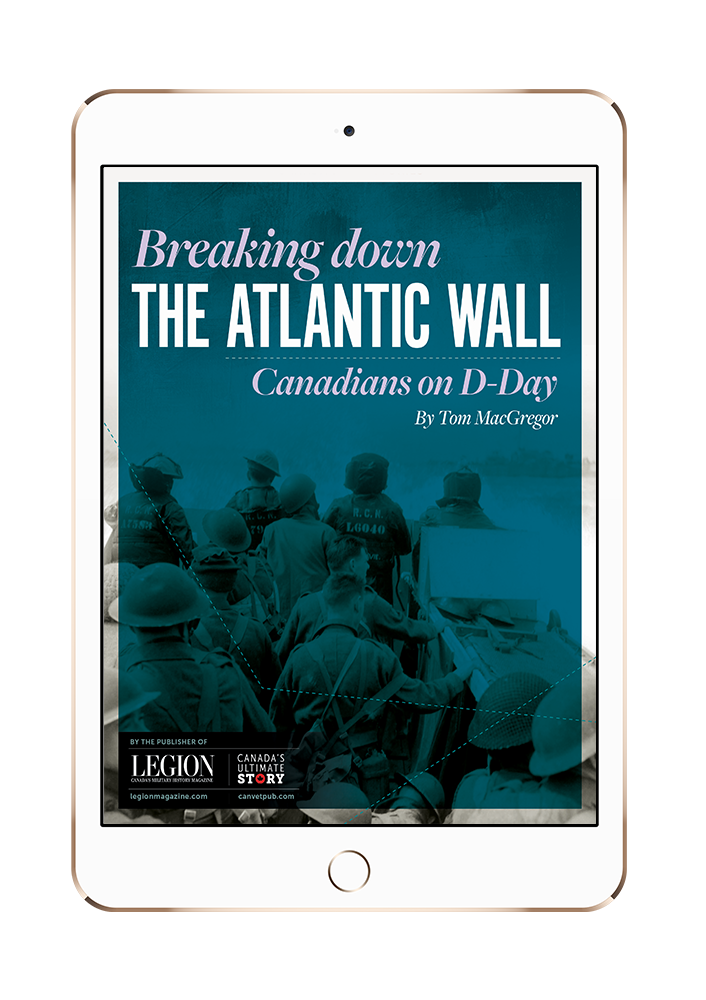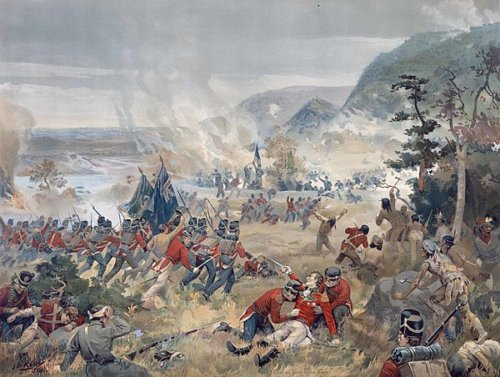
The important role played by Indigenous warriors during the War of 1812, particularly the Mohawk, was commemorated with a monument in Kahnawake, south of Montreal, 10 years ago today, June 21, 2013.
Organized by Mohawk Branch of The Royal Canadian Legion, the unveiling was held on what was then called Aboriginal Day, which was renamed National Indigenous Peoples Day in 2017 and featured a Legion colour party, costumed dancers and First Nations singing.
The event began with a parade from the branch to the town’s cenotaph, directly across the street from St. Francis-Xavier Church, the shrine of Kateri Tekakwitha who was canonized as a saint in 2012 by Pope Benedict XVI.
“In June of 2012, which marked the 200th anniversary of the War of 1812, Kahnawake was one of several First Nations communities to receive a commemorative medal and flag which was presented by Canada on behalf of Her Majesty the Queen, in recognition of the Caughnawaga Mohawks participation in the War of 1812,” said Mohawk Branch President Louis Stacey at the time.
“Canada would not exist today had the American invasion of 1812-15 been successful. During that time of war the Mohawks of Caughnawaga fought alongside the French Canadian Voltigeurs as allies with the British Empire against the American invasion. Their combined efforts and brave heroism formed the foundation for what eventually became the independence of Canada.”
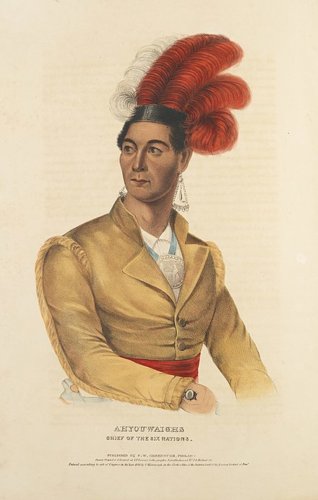
“Mohawk warriors fought alongside British Soldiers and Canadian militia in all theatres of war and were the deciding factor in many battles.”
The ceremony also featured members of the Voltigeurs de Quebec who fought with the Mohawks at the decisive Battle of Châteauguay. It began with prayers and a dance by Ray Deer and his son, Bright Cloud.
Among those bringing greetings was United States Consul General Andrew Parker who praised the people of Kahnawake for contributing so much to the U.S. military and as steel workers on the skyscrapers of Manhattan.
The monument features the image of a Mohawk warrior, modelled on branch Sergeant-at-Arms Eric Bush. A plaque reads in English, French and the native language: “Mohawk warriors fought alongside British Soldiers and Canadian militia in all theatres of war and were the deciding factor in many battles.”
Along the sides of the monument are the names of 73 warriors who served with distinction. The names were found on orders of battle, military summaries of the actions in which those who distinguished themselves are mentioned, explained Christin Zachary, a teacher and lawyer who has researched the history of the band.
Zachary said that the Mohawks distinguished themselves in three important battles during the war, the battles of LaColle in 1812 and Châteauguay and Beaver Dams in 1813.
The names of the warriors were read aloud as the monument was unveiled. “It was important to read the names during the ceremony,” said Zachary. “We believe that when you say a name that person lives again.”
Advertisement





